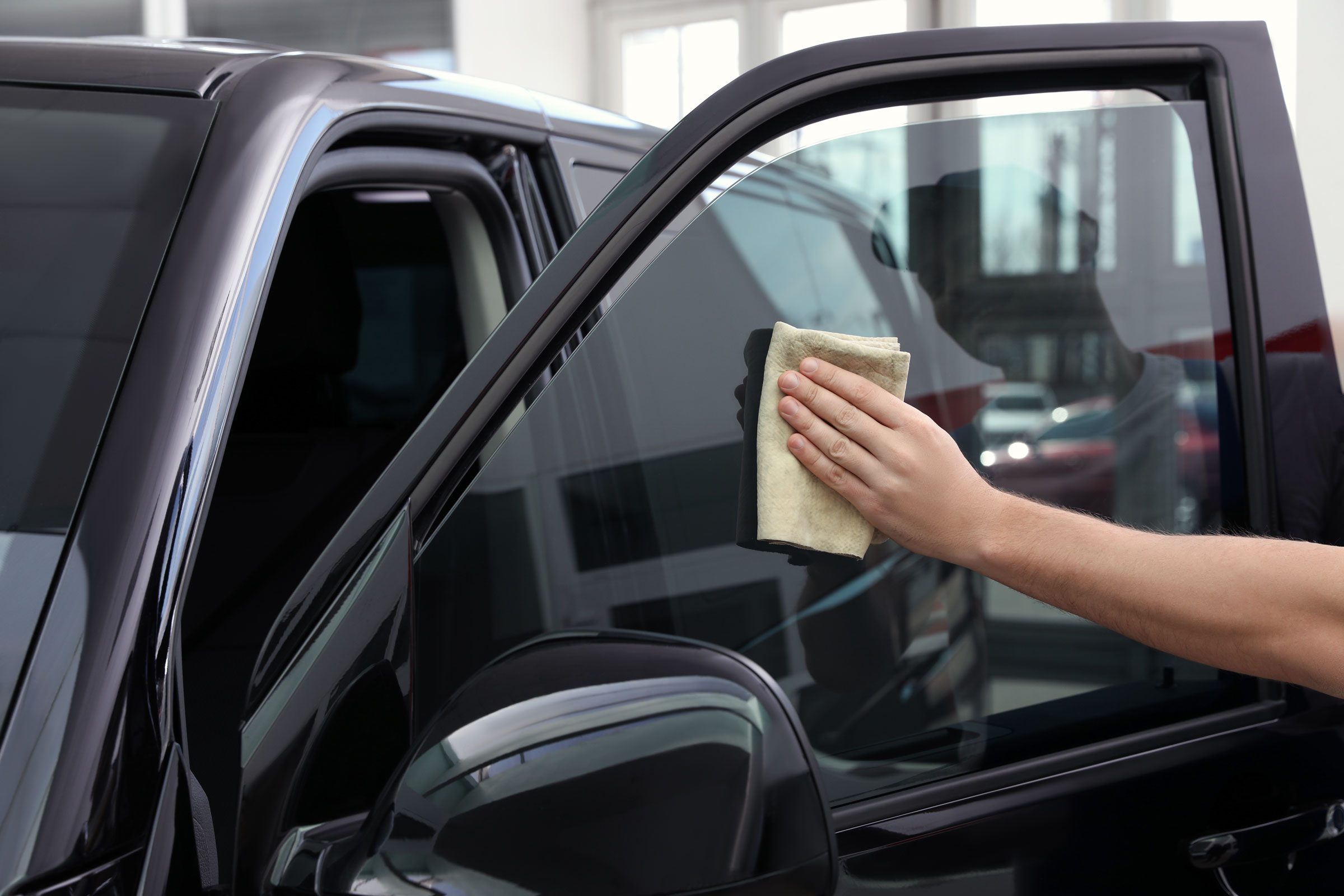Your Comprehensive Guide to DIY Home Window Tinting: Advice
Carrying out a DIY window tinting task presents an opportunity to boost both the performance and aesthetic appeals of your room. Prior to embarking on this venture, it is important to navigate the complexities of local tinting regulations and select an appropriate film that lines up with your purposes.
Comprehending Home Window Tinting Laws
Browsing the complex landscape of home window tinting laws is necessary for any kind of do it yourself lover looking for to boost their lorry's visual appeals and comfort. Each state in the united state has specific laws relating to the allowed degrees of tint on different home windows, which can dramatically influence your decision-making procedure.
Typically, these regulations dictate the optimum allowable Visible Light Transmission (VLT) percent, which refers to the amount of light that can travel through the tinted windows. For instance, some states permit only a particular percent of color on the front windscreen, while allowing darker shades on back windows. Compliance with these regulations is critical, as failure to adhere can result in penalties or the requirement to get rid of the tint altogether.
Additionally, there are often distinctions between traveler lorries and commercial vehicles, with different regulations relating to each category. It's advisable to consult your local Department of Electric motor Autos or comparable authority to collect accurate details customized to your place. Comprehending these laws not just makes sure lawful conformity but additionally boosts safety by maintaining exposure and protecting against potential hazards while driving.

Selecting the Right Tint Film
Picking the suitable tint film is a crucial step in the DIY window tinting procedure, as it directly influences both the look and performance of your car's windows. Several elements should lead your option, consisting of the kind of film, its legal compliance, and your preferred end results.
First, consider the various types of tint films readily available: colored, metalized, ceramic, and hybrid. Metalized movies offer improved heat rejection and sturdiness but can interfere with digital signals.
Next, make sure that the film follows local regulations concerning visible light transmission (VLT) portions. Conformity with these legislations is essential to avoid fines and make certain safety and security.
Necessary Devices for Do It Yourself Tinting
Having picked the ideal color movie for your windows, the following action involves gathering the required devices to make sure an effective installation. The main devices you will require consist of an utility knife or a razor blade, which is vital for cutting the color film to the desired size. A squeegee is likewise crucial, as it assists get rid of air bubbles and smooth out the film during application.
Along with these main devices, a spray bottle loaded with soapy water will help in producing a convenient surface for the color movie, permitting for learn the facts here now modifications prior to it sticks permanently. A determining tape makes sure exact measurements for reducing the film properly, while a soft cloth or lint-free towel is very important for cleaning the glass surface area prior to application.
Furthermore, think about using a heat gun or hairdryer, as this can help mold and mildew the color film to the contours of the home window and assist in adherence. Lastly, gloves are suggested to avoid finger prints on the movie throughout installment. By gathering these vital tools, you will be well-prepared to tackle your do it yourself window tinting task efficiently.
Step-by-Step Application Refine
Begin by extensively cleaning up the window surface to ensure ideal attachment of the color film. Use a glass cleaner and a lint-free cloth to remove any kind of dust, dust, or oil. When the home window is tidy, gauge the color movie versus the home window, allowing for a mild overlap on all sides. Cut the movie appropriately with a sharp energy blade for an page accurate fit.
Following, prepare a remedy of water and a couple of decreases of infant hair shampoo in a spray container. Gently spray the home window surface area and the sticky side of the film. This service will enable for rearranging during application. Thoroughly straighten the film with the top of the window, ensuring it is directly. Press the movie against the glass, beginning with the center and functioning external to get rid of air bubbles. Make use of a squeegee to smooth the movie, applying firm, even pressure.
Allow the color to heal for at least 24 hours without rolling down the windows. Adhere to these actions carefully for optimum results in your DIY home window tinting job.
Upkeep and Treatment Tips
Correct upkeep and treatment of your home window color is important to ensure its longevity and effectiveness. To start with, stay clear of utilizing abrasive cleaners or rough products when cleaning tinted home windows. Instead, choose a gentle, ammonia-free cleaner and a soft microfiber towel to stop scrapes and peeling.
It's advisable to wait a minimum of a week after installation before cleansing your home windows to allow the sticky to completely cure. During this preliminary duration, prevent rolling down the windows to avoid any type of damages to the tint.
Routine upkeep includes inspecting the edges of the tint for any kind of signs of gurgling or raising (Window Tinting Folsom). If you notice any type of concerns, it's best to resolve them promptly to prevent further degeneration. In addition, be mindful with making use of home window treatments, such as shades or curtains, as they can create heat that could endanger the tint with time

Conclusion
To conclude, taking on a DIY home window tinting project requires mindful consideration of neighborhood regulations, option of suitable color films, and the usage of necessary devices. look at this website An organized application process makes sure optimum results, while normal maintenance contributes to the longevity of the color. By adhering to these guidelines, individuals can achieve both visual improvement and increased privacy in their areas, making DIY window tinting a useful endeavor.